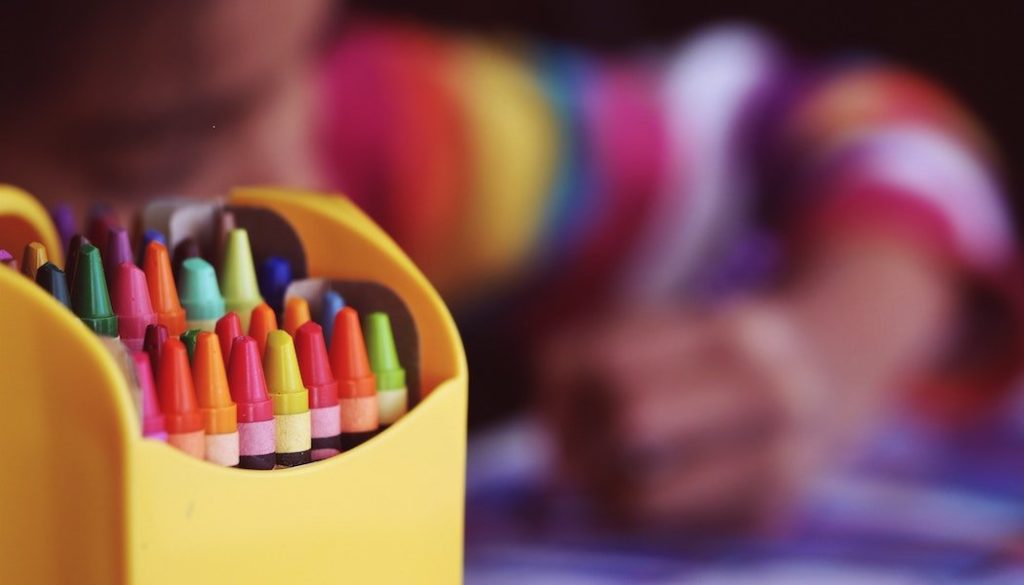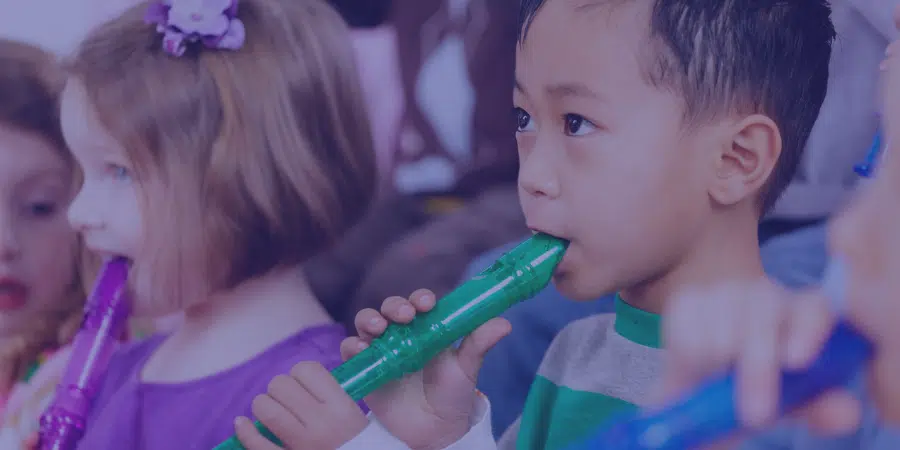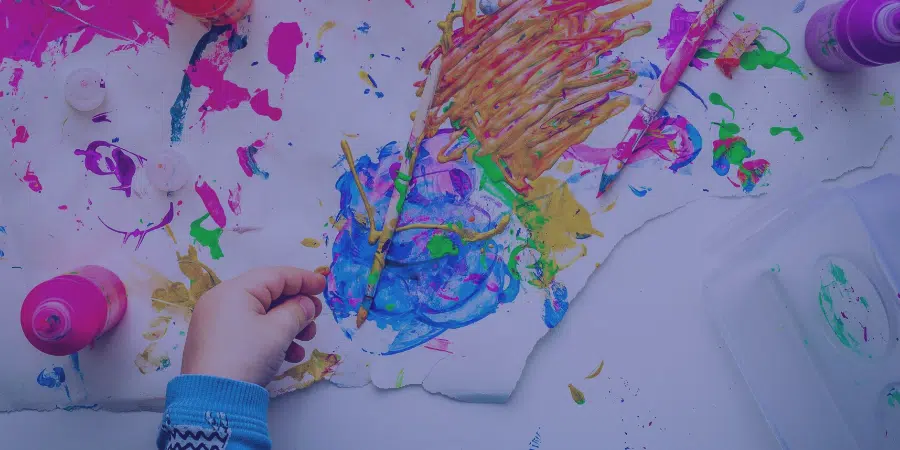As a teacher or studio owner, you have an undeniable passion for the arts. Whether you specialize in ballet, piano, or oil painting, you know what it’s like to fall in love with art. The importance of art in society can’t be overstated, and it transcends far beyond borders or cultures. This is what we know about its major tangible and intangible benefits.
Why Is Art Important?
Art is all around us. Whether you hear your favorite song on the radio or drive by a gorgeous mural, you experience art every day. We know that these meeting points elevate our everyday experiences, but it’s common to lose sight of the overall impact of the arts on communities.
Our goal here is to dive into this topic and answer that question: “Why is art important?” By answering it with insights from research, we hope to provide studio owners and teachers alike with the solid information they need to share their love of the arts with their wider communities.
1. It promotes expression and creativity
As humans, we’re naturally drawn to art as a form of expression and communication. Toddlers love to draw, sing, and dance. It’s a way for them to express themselves before they’re verbal.
In fact, participation in the arts may even assist kids with language, motor skills, and visual learning development. Research indicates that young people who regularly participate in the arts are four times more likely to be recognized for academic achievement later on.
In therapy settings, art also provides an opportunity for digging deeper and expressing emotions that are difficult to discuss.
Art therapy activities can help children (and adults) cope with their circumstances, both past and present. In one important study, children between six and 12 were asked to draw a house as a distraction after thinking about something upsetting. This group was able to improve their mood when compared with children who were instructed to draw the negative event or simply copy another drawing.
2. It helps all of us develop necessary soft skills
The importance of art in society goes far beyond what we do in our free time. It can also help people work better.
When someone applies for a job, there are certain hard skills they need to have like data analysis or bookkeeping. However, many employers also understand the very important need for soft skills. These intangible attributes are hard to measure and often difficult to define. Some examples include a person’s ability to adapt to change, think creatively, or collaborate with team members.
The arts are a universal way to develop these necessary soft skills that make us better people and coworkers in the workplace.

3. It provides historical context
Art and human history go hand-in-hand. This is why people dedicate their lives to studying cave art, Shakespearean plays, and so much more.
When we take the time to dive into art created in the past, we can learn about other generations and eras. We can study art to find out what those before us were facing and how they overcame it. In the same way, future generations will learn about our current events through the art we leave behind.
As the The Metropolitan Museum of Art puts it: “Looking at art from the past contributes to who we are as people. By looking at what has been done before, we gather knowledge and inspiration that contribute to how we speak, feel, and view the world around us.”

4. Art leads to healthy and thoughtful cultural discussions
Art is often controversial or groundbreaking. And when art creates a stir, it has the potential to spark healthy conversations that lead to improvements across a society. Rather than impassioned debate, art gives us an opportunity to analyze, respond to, and create social change.
How does this play out in direct impacts? Surveys show that high school students in the United States who engage in the arts at school are twice as likely to volunteer than those who don’t. They are also 20% more likely to vote when they become young adults.

5. It gives us a place to gather as a society
Beyond personal development, the overall social impact of the arts is essential to understand. Cultures big and small unite through the arts to build better communities.
From fine art showings to community theatre in the park, the arts provide an opportunity to gather with other people from all walks of life. Several case studies have actually demonstrated that art in rural communities specifically can help boost economic growth. Further, it strengthens the bonds between people in these places.
It’s also worth noting the importance of art in society when it comes to tourism. Cities like New York City and Seattle are full of endless museums and theatres. But even in smaller communities across the United States, and the rest of the world, the arts provide unique economic opportunities. This type of tourism leads to jobs, revenue, and areas for growth.

The Art World Makes Life More Beautiful
Immersed in the art world, your commitment as an educator or studio owner is undeniable. Whether it’s ballet, piano, or oil painting that has captivated your heart, you understand what it means to truly experience art. The role of art forms in society is monumental, extending beyond any geographical or cultural boundaries. Here’s what we’ve learned about its profound and far-reaching impacts.
Art, particularly fine arts, serves as a powerful tool for self-expression. It provides a platform for human beings to articulate their deepest emotions and thoughts, fostering self-awareness and promoting healthy conversations. From the intricate brushstrokes of oil paintings to the rhythmic movements in ballet, each art form speaks a unique language that resonates with different perspectives.
The importance of art extends to our youth and future generations. By incorporating art subjects into education, we encourage young people to develop critical thinking and motor skills. Art lessons aren’t just about producing pop art or mastering ballet; they’re about understanding human history, from cave paintings to contemporary installations in art galleries.
Moreover, the study of art fosters a deeper understanding of the creative process. As art students delve into various art forms, they gain insights into the workings of the human brain and the power of creative expression. This knowledge prepares students to approach other subjects with an open mind and a keen eye for detail.
Furthermore, arts education fuels economic growth. By nurturing critical thinking, creativity, and innovation, we are equipping our future workforce with essential skills needed in the 21st-century economy. The arts provide a robust foundation for a well-rounded education, one that interweaves the beauty of fine arts with the practicality of real-world applications.
In essence, to study art is to engage in a timeless tradition of exploration and discovery. Through art, we can forge connections, facilitate dialogues, and inspire change. So let’s continue to celebrate and champion the arts, for the benefit of our society and generations to come.
Your Studio Makes An Impact
Whether you teach online art classes, lead a music school, or instruct dancers in a ballet studio, the work you do is so incredibly important. As an active member of your local arts scene, you have a direct impact on your students and larger community.
Studio Director is an all-in-one studio management software that gives you the gift of more time and flexibility to focus on these creative pursuits. We’re your behind-the-scenes partner that can automate the key administrative tasks that help your studio run smoothly. Want to learn how Studio Director can help your team focus on the work they love? Schedule a free demo today!


